Eight types of squash, a delicious superfood
Squash, literally meaning “eaten raw or uncooked,” is a fruit that typically grows on vines. It is native to North America and belongs to the genus of plants called Cucurbita. Although technically classified as a fruit, it is often treated as a vegetable in cooking.
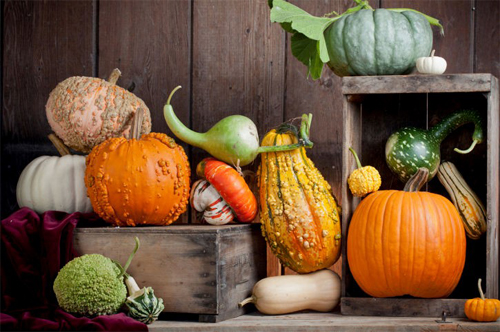
Squash comes in different shapes, colors and tastes. Two general varieties are the summer squash and the winter squash. Their main difference lies in the skin. Summer squash is harvested before the fruit fully matures, which makes the skin and the rind more tender. Winter squash, on the other hand, is harvested late in its life. This results in a thicker and tougher rind that ensures its survival in frosty conditions. Compared to summer squash, winter squash has a longer shelf life while being less edible.
Three types of summer squash
Here are three of the most delicious types of summer squash:
1. Yellow squash
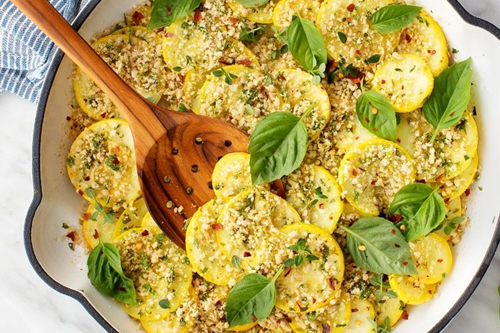
Yellow squash itself has specific varieties such as crookneck and straight neck squash. It is characterized by a bulbous bottom that tapers toward the top. Furthermore, it is rich in potassium, containing the mineral far more than a banana given the same serving. Potassium is a mineral that plays vital roles in muscle control, fluid balance and nerve function.
Yellow squash has a mild flavor and a slightly creamy texture when cooked. It can be sautéed, grilled, baked or used as the star ingredient in casseroles.
2. Zucchini
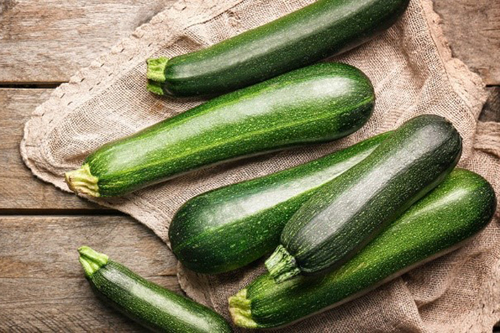
Deep green with an elongated shape, zucchini is a highly versatile variety that can be cooked in many ways. From grilling, sautéing, steaming, baking and more, zucchini tends to take on the flavor of its accompanying spices.
It’s also a terrific low-carb substitute for noodles or fries. Just cut zucchini into thin ribbons with a spiralizer to have your carbohydrate source.
3. Pattypan squash

Simply called pattypan, this variety is smaller than other varieties. It resembles a spaceship with scallop-like grooves. Furthermore, it comes in various colors: white, yellow, green or a yellow-green mix.
Pattypan is low in calories and packs in many vitamins and minerals such as vitamin C, folate and manganese. It also has trace amounts of fiber and protein. People trying to lose weight might want to try this variety as it makes you feel fuller on fewer calories.
Five types of winter squash
There are many varieties of winter squash, but here are five notable ones:
1. Pumpkin
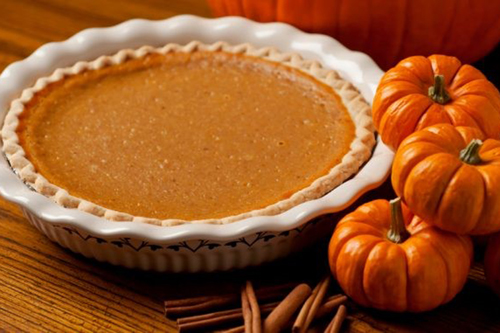
Best known for its use as a folk decor and as a dessert, pumpkin has a mildly sweet taste, which makes it perfect for both savory and sweet dishes. Its seeds are also edible when cooked. One way to enjoy the seeds is by roasting and seasoning for a filling, healthy snack.
Pumpkin is also rich in the antioxidants alpha- and beta-carotene. These two nutrients are both precursors to vitamin A, which is important for eye health. Moreover, pumpkins are a good source of potassium and vitamin C.
2. Acorn squash

As its namesake indicates, this squash looks like an acorn. It has a thick, green rind and an orange flesh. It is loaded with vitamin C, B vitamins and magnesium, as well as fiber.
Although commonly used in soups, acorn squash can also be roasted with a savory stuffing such as soy sausage and onions.
3. Spaghetti squash
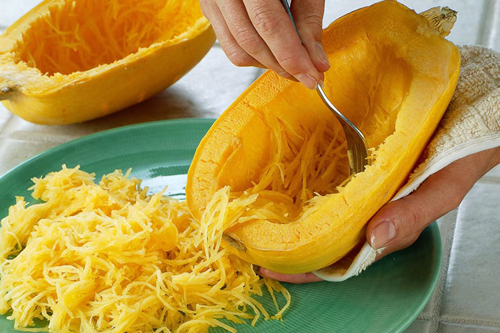
Spaghetti squash has a roomy interior whose flesh resembles spaghetti when cooked. And coupled with its low-calorie content, it is one of the best alternatives to pasta. It also has a mild flavor that pairs well with other ingredients.
4. Kabocha squash
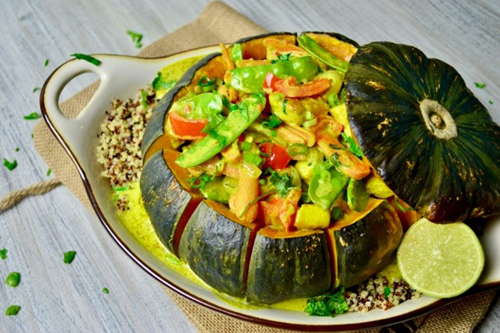
Kabocha squash is also known as Japanese pumpkin. It is used soups and tempura, among other applications, while its skin is also edible when fully cooked. People describe its taste as a cross between a pumpkin and a potato.
Kabocha squash is also rich in antioxidants, vitamin C and provitamin A, among others.
5. Butternut squash

An excellent source of antioxidants, butternut squash has a pale rind and an orange flesh. It tastes sweet and has a rich texture, which translates well into soups or main dishes such as risotto or gnocchi. It is also used as baby food.
Like other varieties, butternut squash is rich in the antioxidant beta-carotene and vitamin C.
Squash has many varieties that are packed with nutrients. Also, it can be cooked in many wonderful ways.
yogaesoteric
October 18, 2020
Also available in:
 Français
Français
